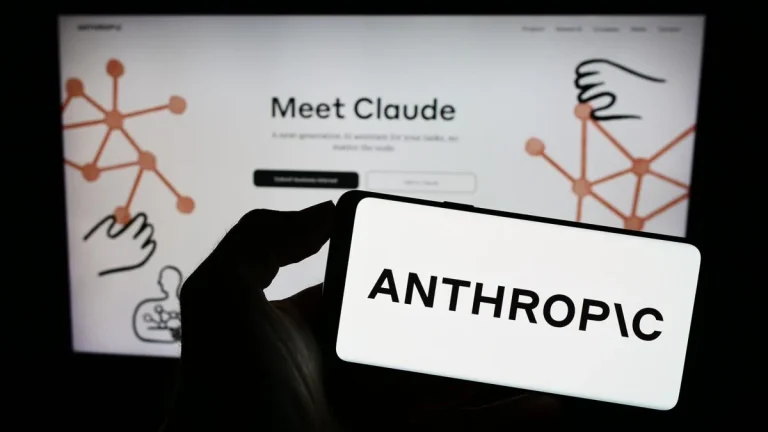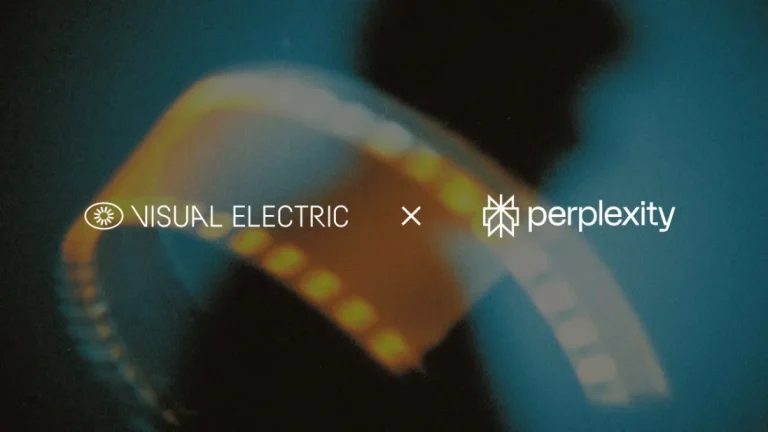
Elon Musk is once again raising red flags on the future of artificial intelligence—and this time, the timeline is alarmingly short.
Speaking at Y Combinator’s AI Startup School, Musk told a packed room of engineers and developers that the rise of digital superintelligence could happen within months.
“If it doesn’t happen this year, next year for sure,” he said. “We’re extremely close to digital superintelligence.”
Musk’s urgency comes as global tech giants double down on AI investments, racing to build the most powerful and capable models. But while the excitement is real, Musk is urging the industry to slow down and focus on one thing: building “super truthful AI.”
“Truthful AI is the most important thing for safety,” Musk emphasized.
A 10% Risk of “Annihilation”?
Musk balanced optimism with a hard dose of realism, referencing AI pioneer Geoffrey Hinton’s cautionary estimates: “There’s maybe a 10–20% chance of AI going really wrong… but that still leaves us with 80–90% odds of a positive outcome.”
He compared today’s developments to the earliest moments of the “intelligence big bang”—a moment in history where AI and robotics could reshape life as we know it.
“We’re witnessing the birth of a new cognitive era,” Musk said, highlighting projects like Tesla’s humanoid robot Optimus as key to how AI will merge with real-world systems and redefine work, society, and civilization.
Be a Builder, Not a Bystander
Instead of fear, Musk encouraged action. His message to developers was simple: don’t just observe this shift—help shape it.
“You can either be a spectator or a participant. I chose to participate,” he said, referring to his AI venture xAI, which is working to develop AGI (Artificial General Intelligence) with safety and truth in mind.
His parting advice? Stay useful. “Be as useful as possible to your fellow humans. That’s how you build good AI—and a better future.”
Musk isn’t just predicting the future. He’s inviting builders, developers, and innovators to co-create it—while reminding everyone that ethics, truth, and utility must be part of the blueprint.




